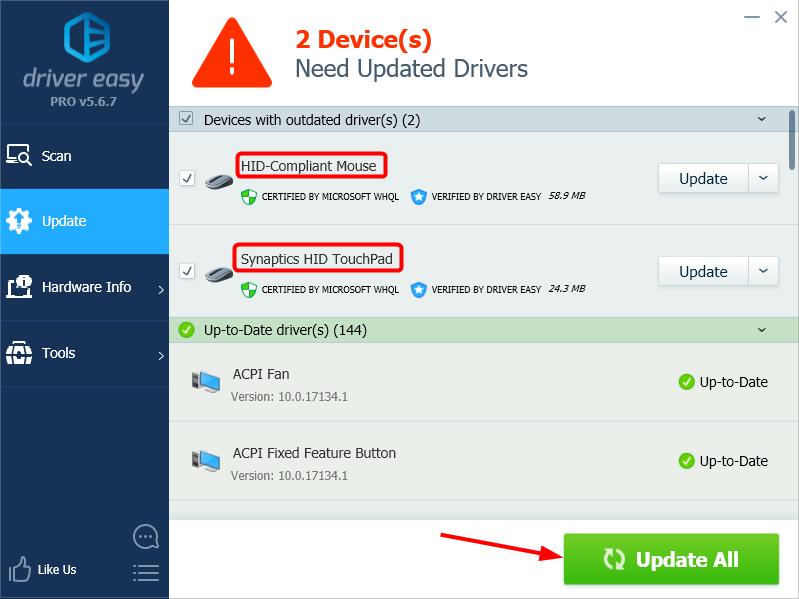
If you want to change your mouse sensitivity, or if your mouse isn’t working properly, you’ll find all the answers in this article.
You’ll learn:
What is mouse sensitivity?
Mouse sensitivity is how much your mouse pointer responds when you move your mouse.
With a higher sensitivity, your pointer moves faster and goes a longer distance than you physically move your mouse. With a lower sensitivity, your pointer moves slower and requires more effort to get across the screen, but offers better precision. Gamers usually use a lower mouse sensitivity, or turn off mouse acceleration, when playing a game that requires high aiming and movement accuracy.
How to change mouse sensitivity?
You can follow these steps:
- In the Windows search box, type control panel then select Control Panel.
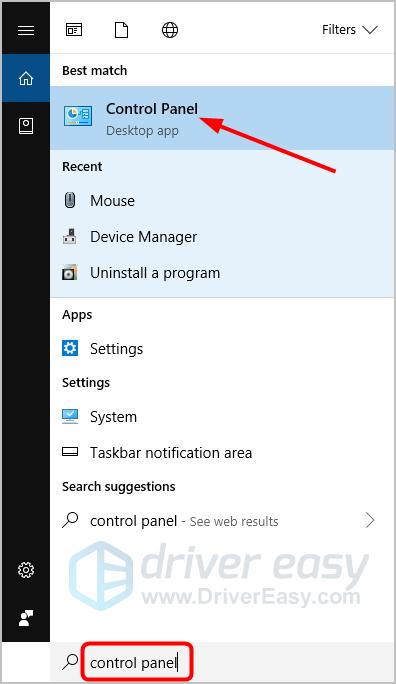
- In the view of Category, click Hardware and Sound.

- Under Devices and Printers, click Mouse.
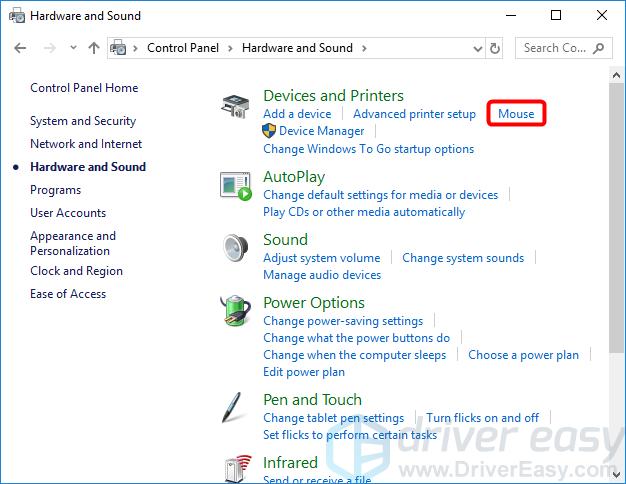
- Click the Pointer Options tab.
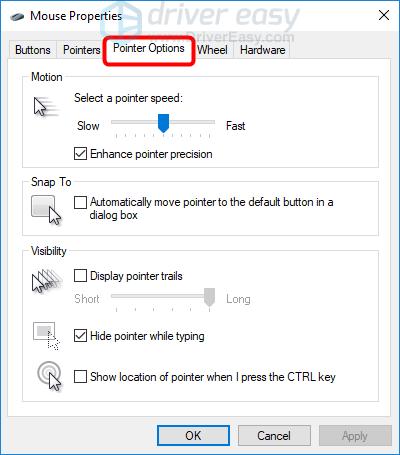
- In the Motion section, move the slider to adjust your mouse pointer’s speed — move the slider to the left to slow down your mouse or to the right to speed up your mouse.
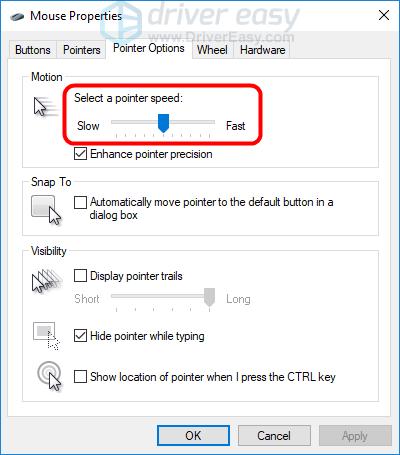
- If you want to turn off mouse acceleration, uncheck the Enhance pointer precision box.
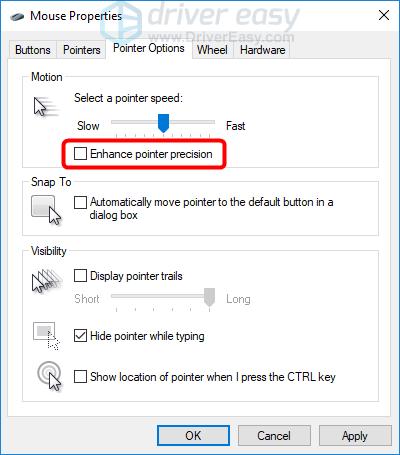
- Test your pointer speed.
- Click Apply, then click OK.
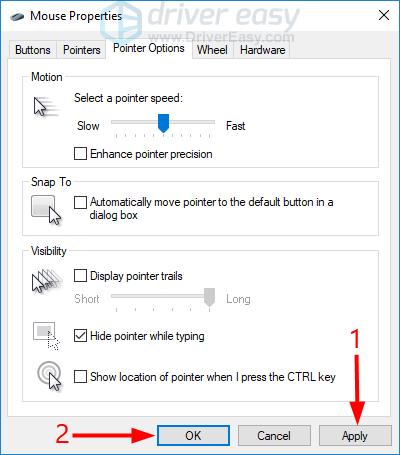
How to fix mouse sensitivity issues?
If your mouse doesn’t work as expected, the most likely cause is a mouse driver or touch pad driver problem.
There are two ways to update your mouse and touch pad drivers: manually and automatically.
Update your mouse and touch pad drivers manually — You can update your driver manually by going to the hardware manufacturer’s website, and searching for the latest driver. But if you take this approach, be sure to choose the driver that’s compatible with the exact model number of your hardware, and your version of Windows.
OR
Update your mouse and touch pad drivers automatically — If you don’t have the time, patience or computer skills to update your drivers manually, you can, instead, do it automatically with Driver Easy. You don’t need to know exactly what system your computer is running, you don’t need to risk downloading and installing the wrong driver, and you don’t need to worry about making a mistake when installing. Driver Easy handles it all.
- Download and install Driver Easy.
- Run Driver Easy and click Scan Now. Driver Easy will then scan your computer and detect any problem drivers.
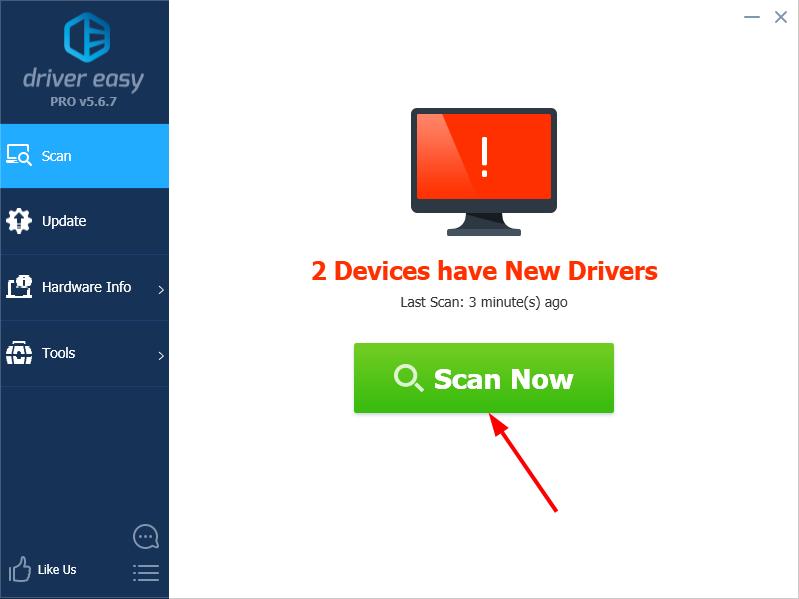
- Click Update next to any flagged devices to automatically download the correct version of their drivers, then you can install them manually. Or click Update All to automatically download and install them all automatically. (This requires the Pro version – you’ll be prompted to upgrade when you click Update All. You get full support and a 30-day money back guarantee.)
